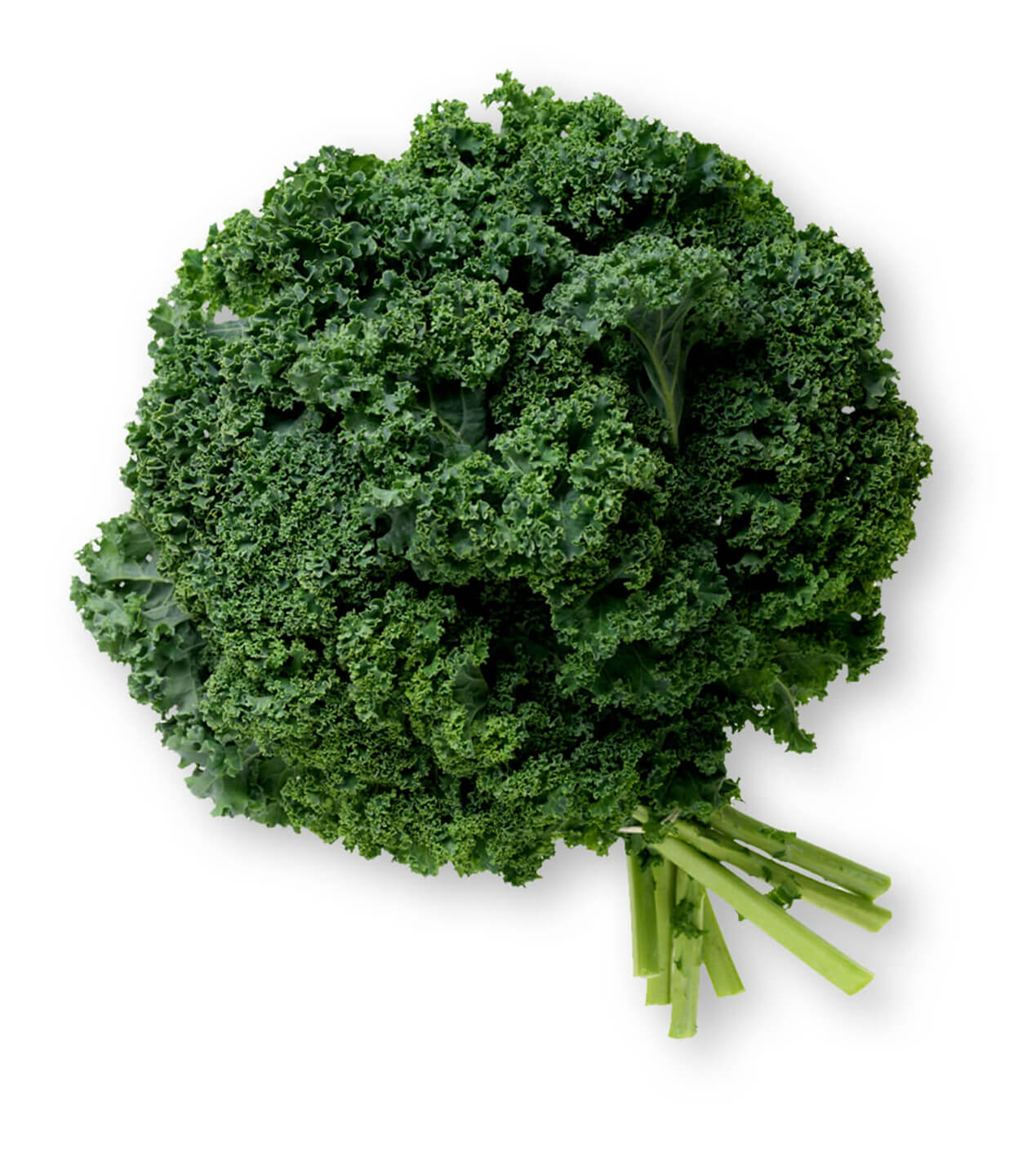Pro Tip:
If you want to keep a more uniform color palette, you can still include a variety of lettuces. For example, a classic romaine salad can incorporate a specialty lettuce like Baby Gems or a blend of iceberg and finely shaved Green Cabbage to deliver a similar color and appearance.






